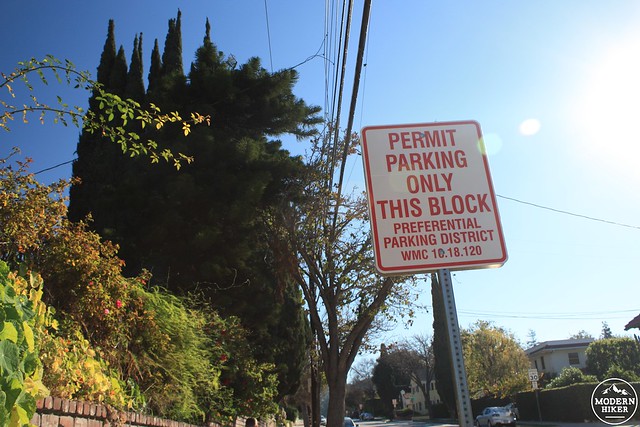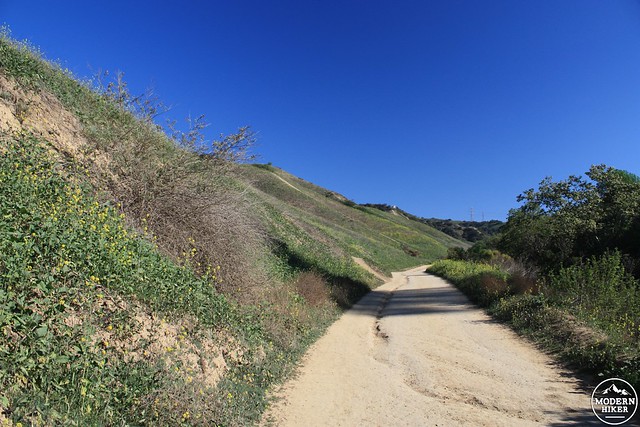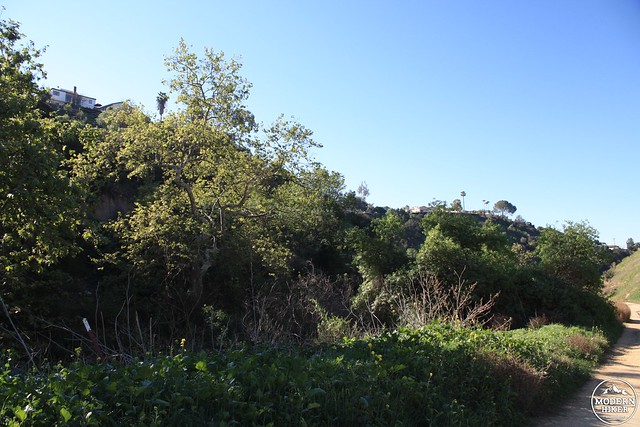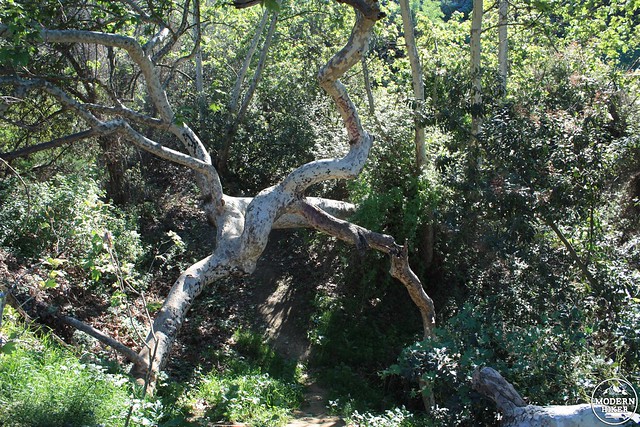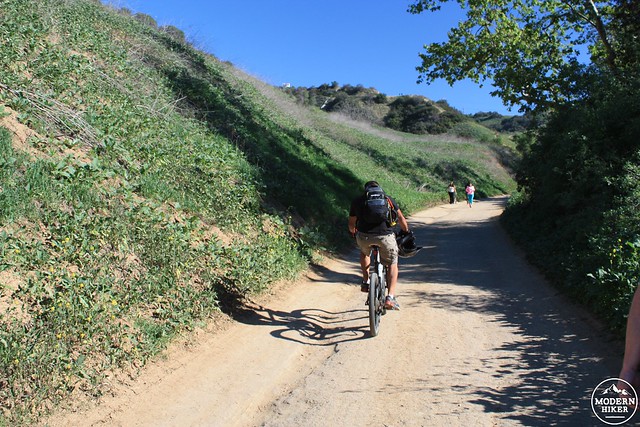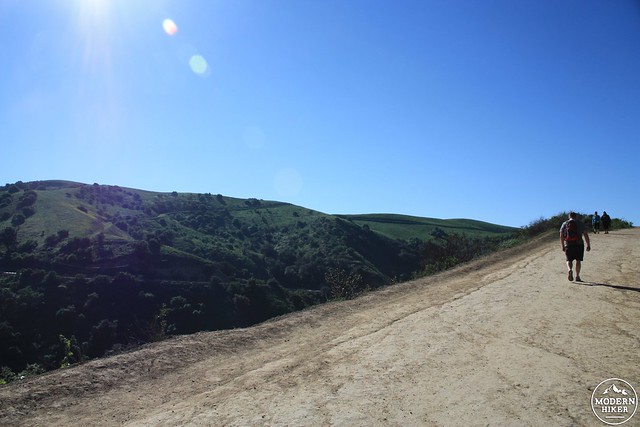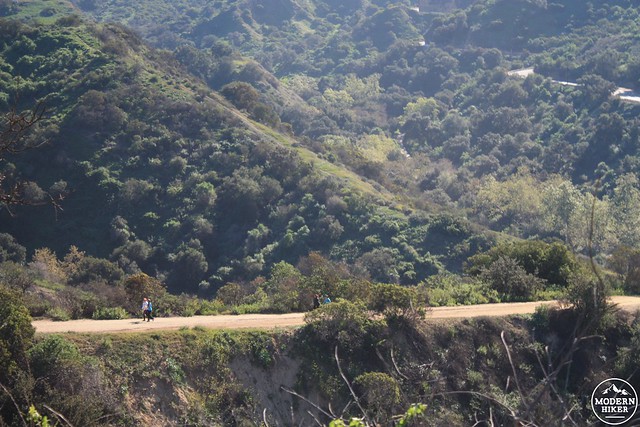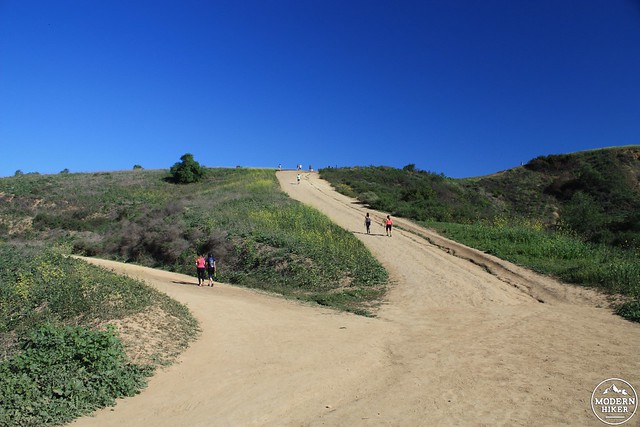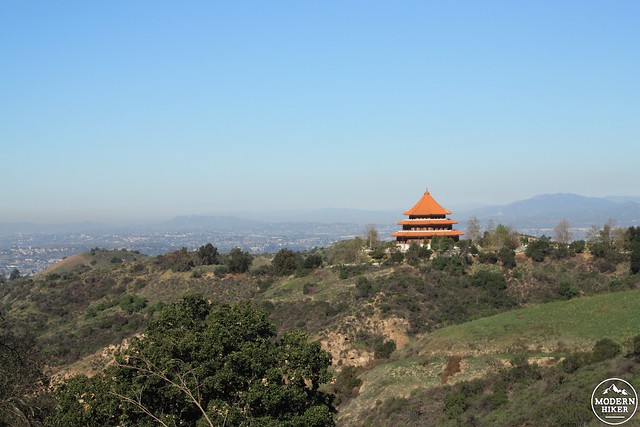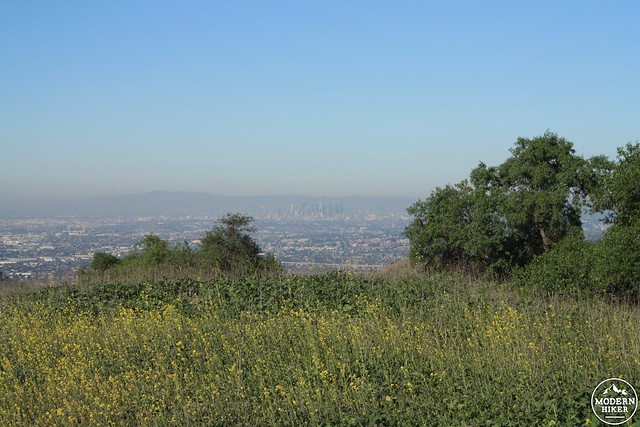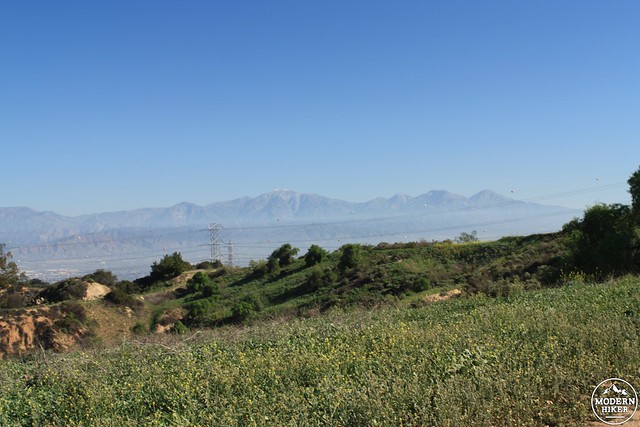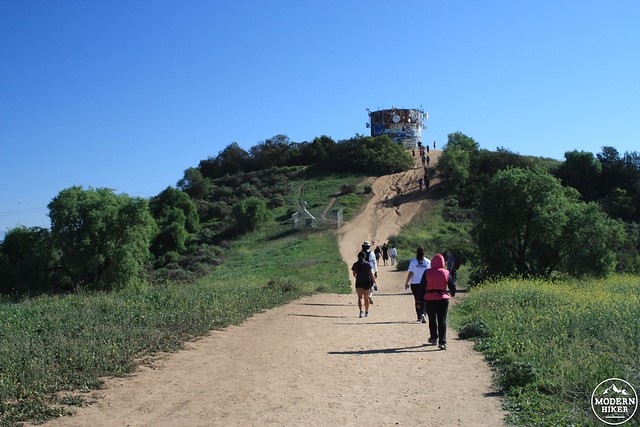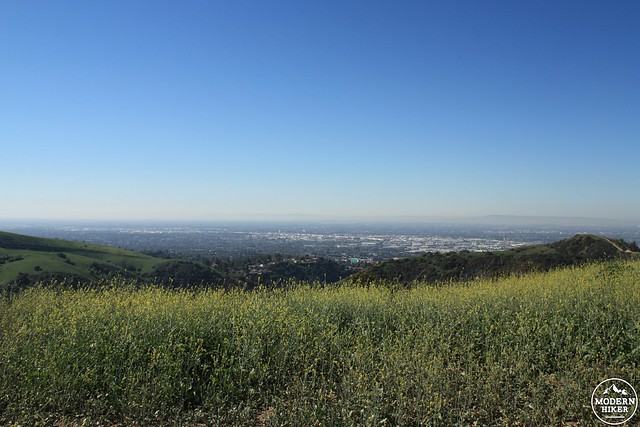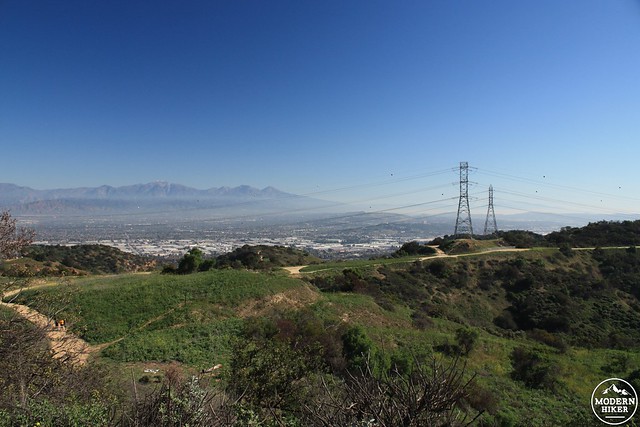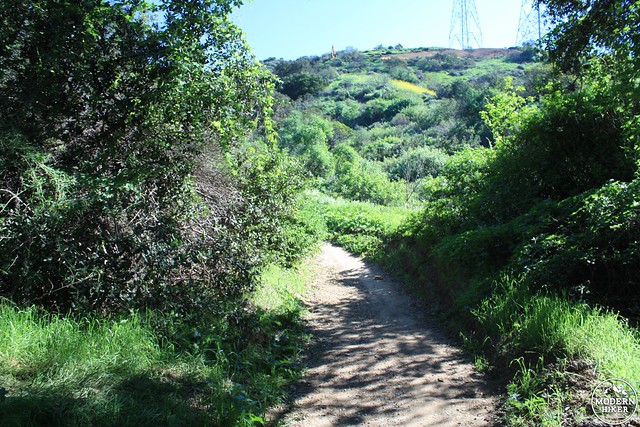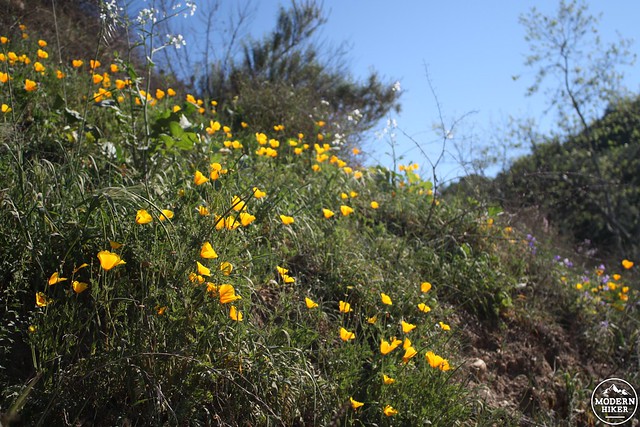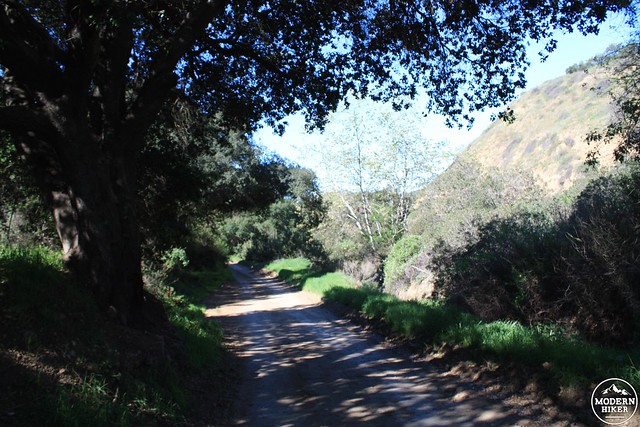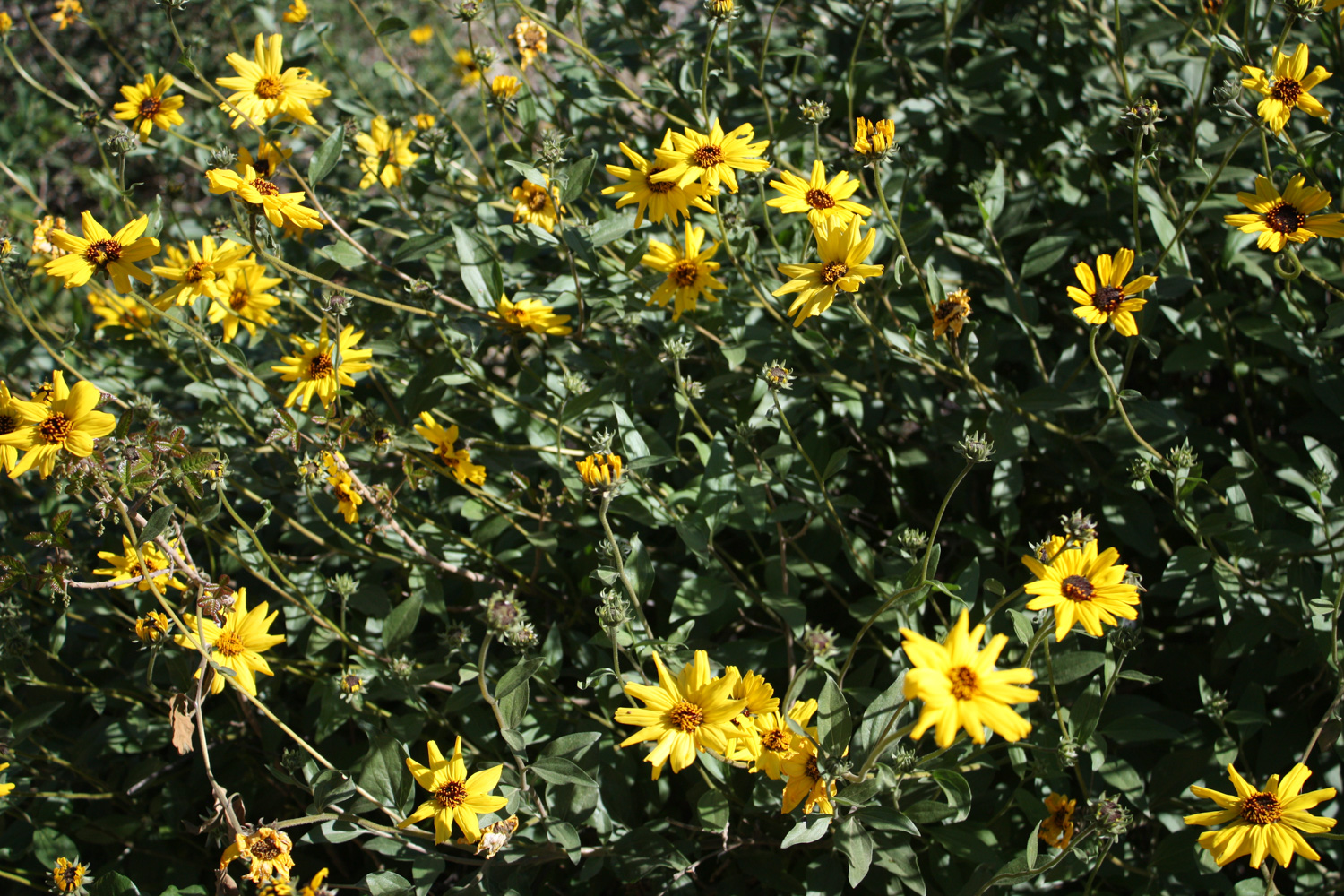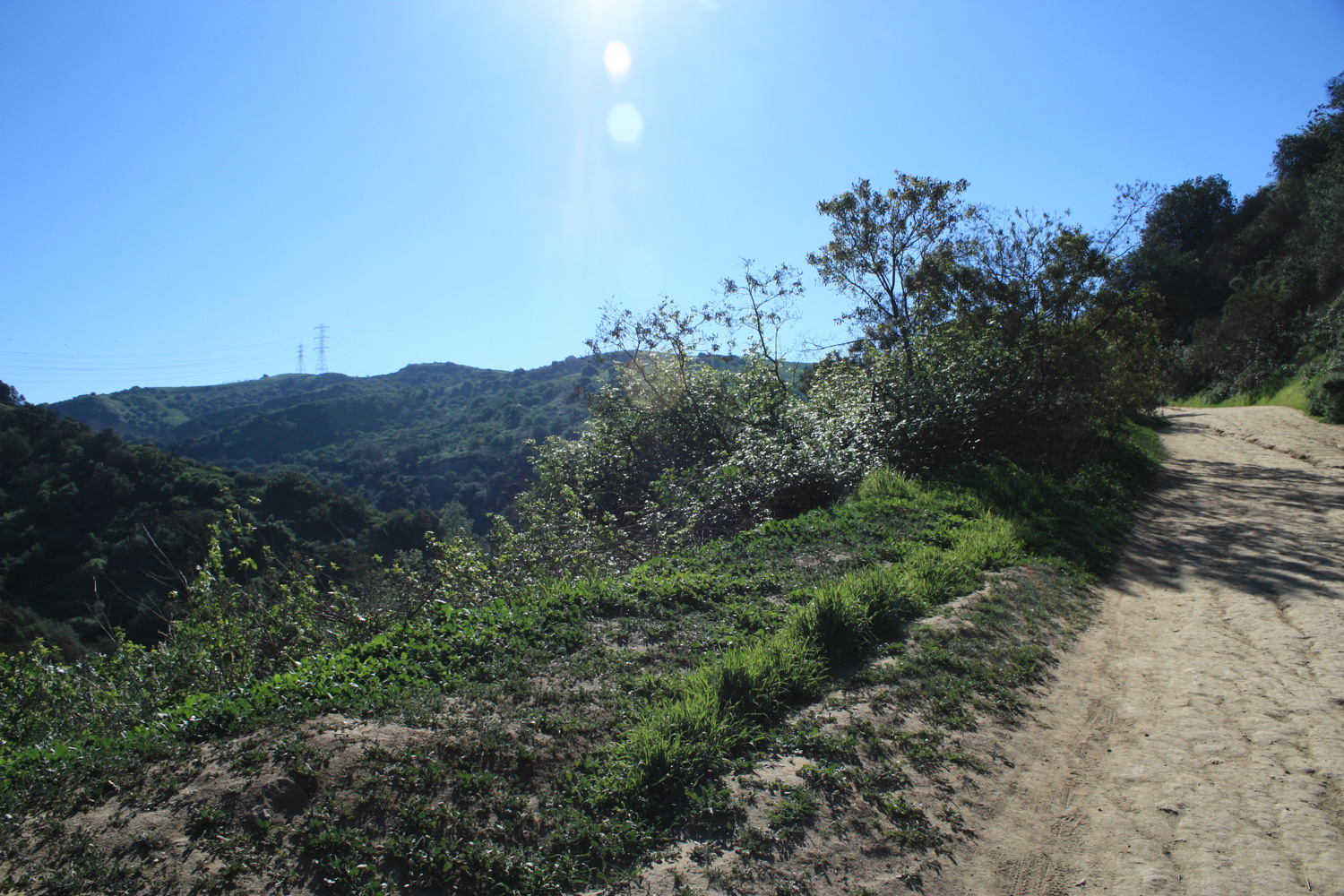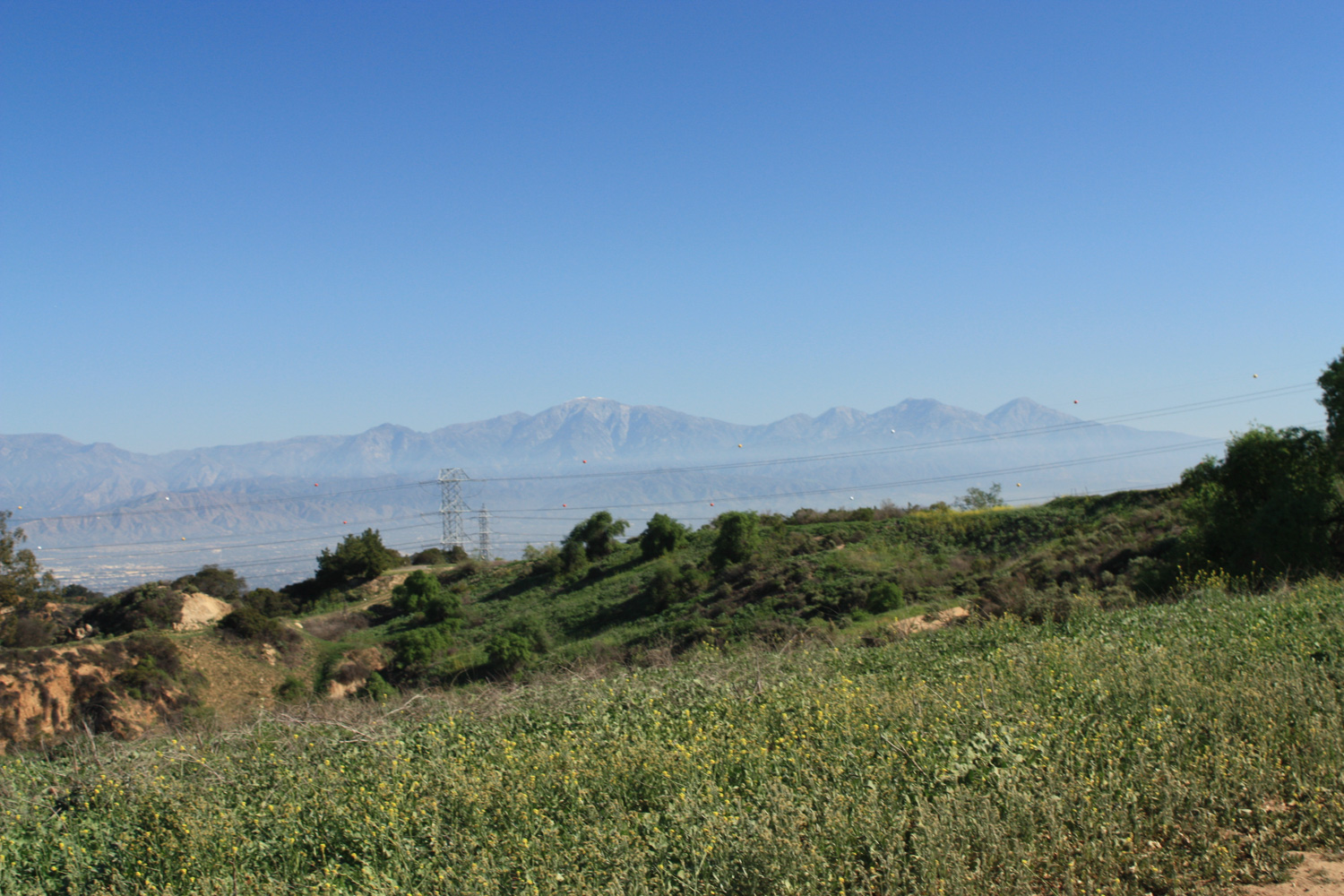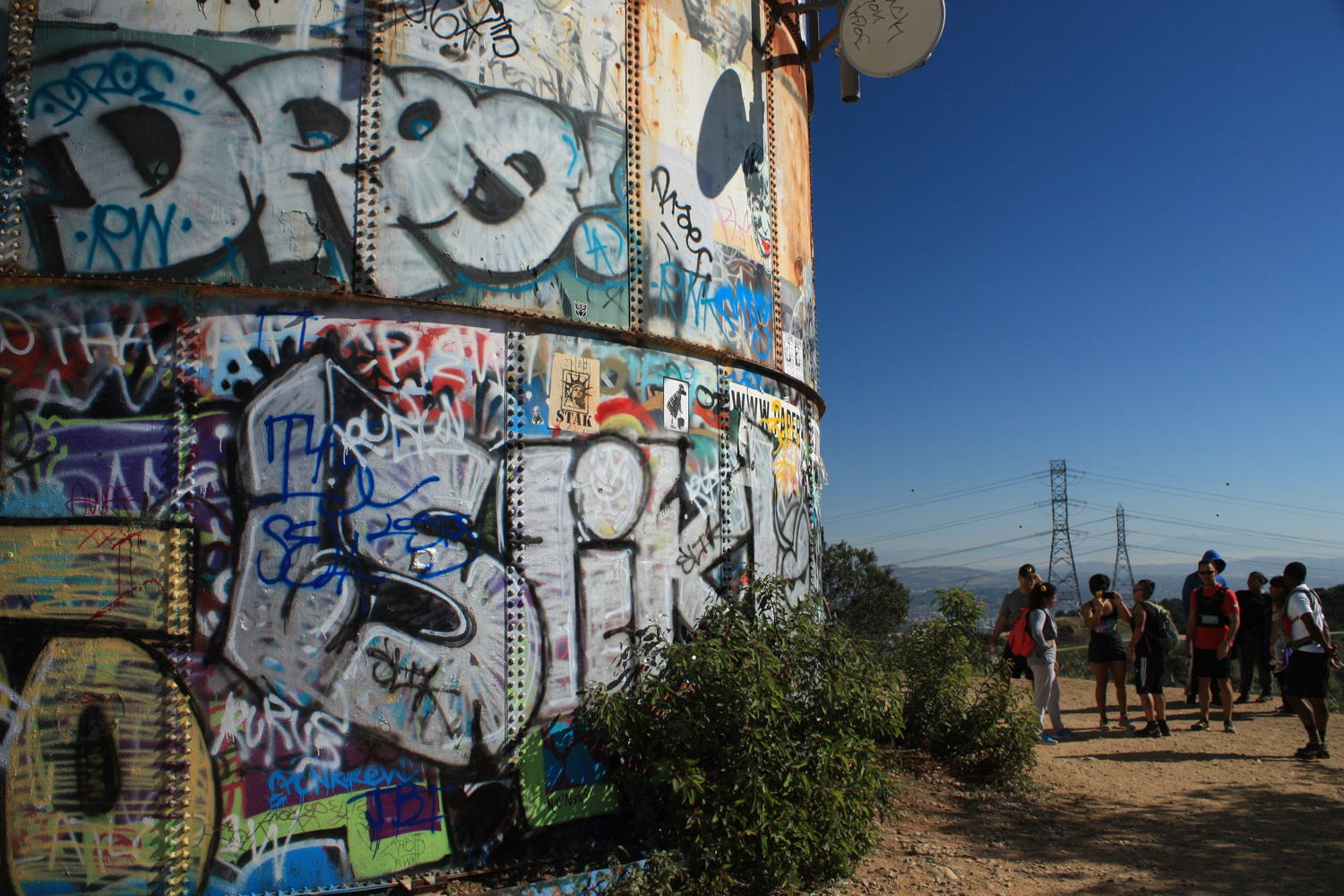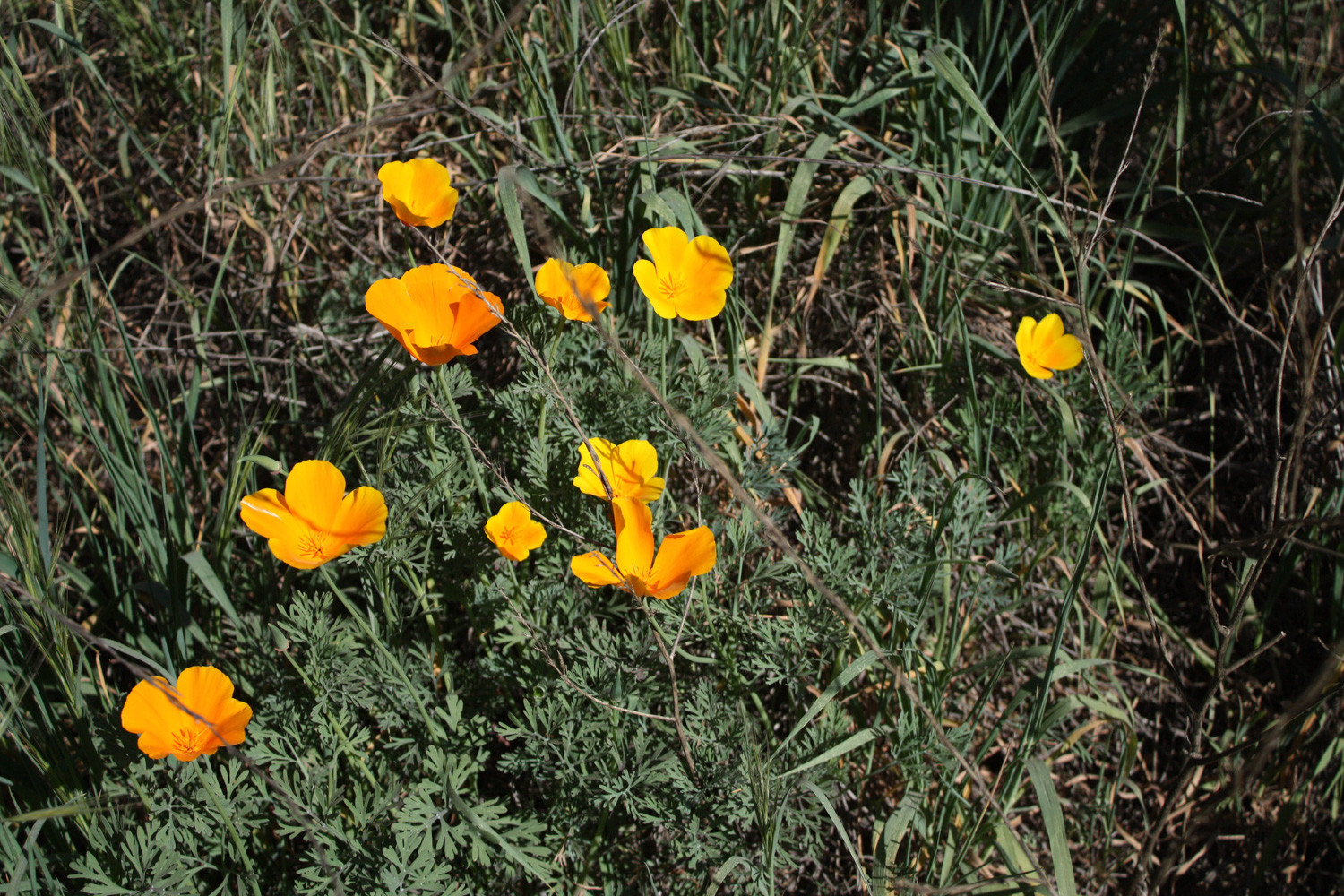Between the cities of Whittier and Hacienda Heights, roughly bordered by the Pomona Freeway, Orange Freeway, and the 605, lies a low, small member of California’s transverse mountain ranges known as the Puente Hills.
The Hills are dotted by a sprawling system of parks and open spaces that provide easily accessible beauty and outdoor recreation for its citizens, and it might surprise you to learn that the primary reason for these parks’ existence is the largest landfill in the United States.
The Puente Hills Landfill began its existence in 1957 as the privately owned San Gabriel Valley Dump. It became a regional sanitation facility in 1970 and, as far as landfills go, this one was pretty forward-thinking. The Puente Hills Landfill began reducing its load by aggressively utilizing recycling and material recovery facilities, is able to generate electricity from the methane in the landfill, and in 1994 they formed an incredibly progressive plan for the nearby land. The landfill would become a public park after it closed in 2013, and it would also help form and sponsor the Puente Hills Habitat Preservation Authority to preserve, maintain, and improve the environment of the Puente Hills.
Today, the Habitat Authority manages 3,680 acres in the Puente Hills, and many of the trails are popular with hikers, trail runners, equestrians, and mountain bikers. Turnbull Canyon, in the northern-central part of the preserve, is an east-west canyon with relatively steep drainages. The canyon has a creek at its bottom that supports a narrow strip of riparian woodland dominated by sycamore trees, while the slopes are covered in coastal sage and native and non-native grasses. The loop route described here is an excellent introduction to the canyon and Puente Hills in general, and will likely surprise Angelenos who are convinced there’s no good hiking between the San Gabriels and Santa Anas.
This trail begins at the Turnbull Canyon trailhead, east of Whittier on the circa-1915 Turnbull Canyon Road. There is a small dirt parking area right outside the trailhead that offers free parking during daylight, but because of the trail’s popularity and proximity to the general sprawl of Los Angeles County this parking area is often full.
Please note that hours of this trailhead have been reduced — this trailhead is currently open from 9AM-6PM from June 1-September 30th and 9AM-5PM the rest of the year. Be sure to check with the Puente Hills Habitat Preservation Authority for further updates.
Whittier has seen fit to blanket the wide road west of the trailhead with Preferential Parking Districts, despite most of the houses in the neighborhood being single family residences with driveways. If you are unfortunate to not get a spot at the trailhead, the closest areas of non-permit parking begin at the corner of Beverly Boulevard and Painter Avenue, about half of a mile from the start of the hike.
Once you are on the trail, the steep slope of the Hills is to your right, covered in grasses and invasive mustard, while the narrow riparian canyon is immediately to your right. The Authority is currently rehabilitating the riparian area, so you are not allowed to scramble down to the creek bed. You can, however, admire the impressively large sycamore trees from the trail.
In the cooler months (and assuming some decent rainfall), the hills here will be beautifully covered in green and yellow-blooming mustard. The mustard is not native to the area, but most believe it was brought in during the Puente Hills’ long history as an agricultural area. Much of the area here was used for grazing animals (which likely brought in the mustard seed in their droppings) and farming through the early 20th century when oil became the dominant industry in the region. Many of the fire roads in the Preserve are abandoned relics from old oil production.
Today, though, they’re more likely to carry mountain bikers than oil drilling equipment, though.
There are several very steep use-trails heading up along ridge lines. These are not official trails and you should ignore them for the purposes of this trip.
At the 0.7 mile mark, keep left at the three way junction to start on the Sumac Trail. It’s more wide fire road, but now the trail starts a slow climb uphill and turns away from the riparian canyon. Now you’ll be hiking past California sagebrush, black sage, and Alan Chickering sage.
The trail begins a shaper, more steady ascent here as it makes a few quick switchbacks. As the trail ascends, your views of Turnbull Canyon will really open up. In the winter and early spring months, expect to see rolling hillsides covered in verdant green or yellow blooming mustard. You could be forgiven for thinking you’re in some idyllic countryside in Ireland or even central California – but on clear days you’ll be able to follow the canyon’s southwestern alignment and see all the way to Long Beach, Palos Verdes, and even Catalina.
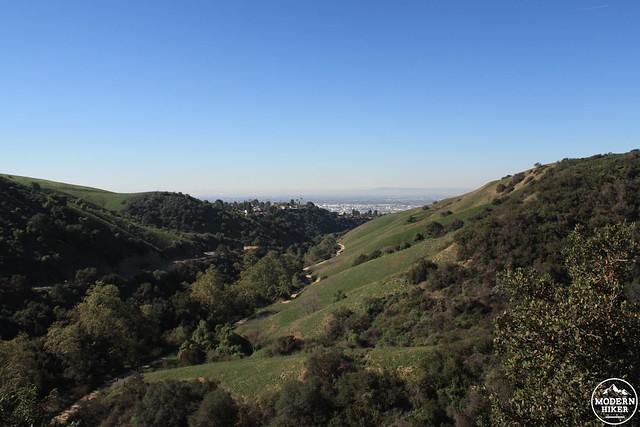
The photos from this day turned out a bit hazier than our actual views were – we could definitely see Catalina from here!
At the 1.4 mile mark, the Sumac Trail intersects with Skyline Drive – a fire road that runs most of the crest of the Puente Hills region. Keep right here and stay to the right again when Skyline Drive intersects with another branch of Skyline Drive and a more faint fire road. When in doubt, just aim for the route with the steepest incline.
From here, your eye will likely be caught by a large, terra-cotta roofed pagoda sitting on one of the hilltops to your west.
This is the Rose Hills Buddhist Columbarium, where Buddhist funerals are performed by monks from the Hsi Lai Temple. Both the Columbarium and the Temple are open to visitors, and provide more peaceful places of rest and meditation amidst the urban sprawl.
Turning your attention back to matters more worldly, climb up the steep fire road toward the prominent water tower on the ridge to your east.
As you ascend, you will be stunned by the absolutely phenomenal views you’ll have in nearly every single direction. From this nondescript ridge, you’ll have tremendous views of the San Gabriels and Santa Monicas behind downtown Los Angeles. This would be an absolutely tremendous place to hike after a rainstorm clears the skies (although note that the trails are usually closed for 48 hours following a rain here).
Climb the last steep section of fire road to reach the water tower for even more sweeping views of the San Gabriels, as well as glimpses at the San Bernardinos, San Jacintos, and Santa Anas down into Orange County.
From the water tower, continue down the steep fire road on the tower’s north side. The rock here is fairly loose and slippery – as it is in most places in Southern California – so take your time on the descent here.
At the 1.87 mile mark, head east on Skyline Drive and continue along this mostly level ridge. You’ll pass through a gated chain link fence and spot the cactus-lined beginning of the Schabarum Trail on your right. Turn onto this trail to begin your descent back into Turnbull Canyon.
If you’re lucky enough to be hiking this in the spring, the cacti soon give way to a lush, green landscape. Be sure to keep your eye out for poppies, lupines, and blue bells on the hillsides, too!
At 2.7 miles, stay to the right as the trail meets an unnamed fire road. At 2.9 miles, you’ll be at the bottom of Turnbull Canyon and back on the Turnbull Canyon Trail. Turn right to follow the trail toward the west on the canyon’s southern bank.
Enjoy the shade of large live oaks and sycamores as you continue hiking along Turnbull Canyon (and keep an eye out for poison oak).
At 3.45 miles you’ll re-meet the junction with the Sumac Trail. Keep left at the junction to return back to the trailhead.
Tags: buddhist temple, hacienda heights, puente hills, puente hills habitat preservation authority, rose hills buddhist columbarium, schabarum trail, skyline drive, sumac trail, turnbull canyon, views, whittier


